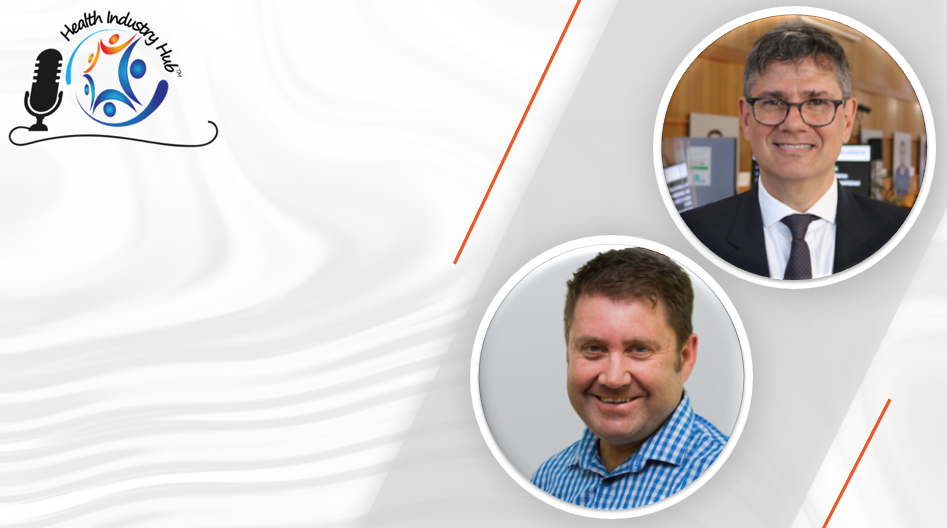Best Practice
Body language speaks volumes: Research reveals the power of posture in influencing interpersonal connections

They say a picture is worth a thousand words, but what about body language? According to research led by Patty Van Cappellen, an expert from Duke University’s Interdisciplinary Behavioural Research Centre, our body posture plays a crucial role in expressing emotions, challenging the long-held notion that facial expressions are the sole indicators of our innermost feelings.
Van Cappellen and her team devised an innovative study to investigate the influence of body posture on emotional expression. Participants were asked to pose miniature faceless mannequins in postures representing four distinct emotions: dominance, joy, hope, and awe. Interestingly, some of these emotions were associated with what researchers dubbed “expansive” postures – where individuals occupy more physical space by standing tall, opening up their torsos, and extending their limbs away from their bodies. The purpose was to explore how people naturally express emotions without any external prompts.
Confirming previous studies, Van Cappellen discovered that an expansive posture was primarily associated with dominance. However, it was also found that joy and awe were expressed through expansive postures even more strongly than dominance, with hope involving the least expansive posture among the emotions examined.
“Our research delves into how individuals express positive emotions throughout their entire bodies, and it’s becoming evident that the amount of physical space one occupies is a significant factor in emotions beyond dominance,” explained Van Cappellen. “We’ve observed that positive emotions, particularly joy, are marked by expansiveness, which even surpasses the expansiveness displayed during dominance.”
However, the influence of body posture on emotional expression didn’t stop there. Arm and head positions also played a vital role. For instance, joyful postures were characterised by raised arms above the head and an upward tilt of the head, while awe-inspired postures involved hands touching or hovering near the face. On the other hand, dominant postures often featured arms akimbo (hands on hips, elbows out) with the head facing forward.
According to Van Cappellen, these findings indicate that emotions are fully embodied and extend beyond mere facial communication. “We’re discovering distinctive arm positions for each emotion, suggesting that the expression of emotions is a complete sensory experience involving the entire body,” she elaborated.
Curious to determine whether observers could accurately recognise emotions expressed through different postures, Van Cappellen conducted another experiment. A new group of participants was presented with photographs of mannequins posing in various ways, with arm and head positions varying while maintaining a constant level of expansiveness. These participants were then asked to rate the mannequins based on their ability to convey emotions such as dominance, extraversion, warmth, energy, competence, and overall positive or negative feelings.
In line with previous results, participants consistently associated expansive postures with positive emotions, such as extraversion and warmth, while arms akimbo were linked to dominance and negative emotions. These findings provide further evidence that people rely on body language to interpret the emotions of others.
“We are constantly striving to understand what others are feeling and anticipate their actions, and body posture plays a significant role in this process,” Van Cappellen emphasised.
The discoveries made by Van Cappellen and her team raise a fascinating question: do postures solely communicate our feelings, or can assuming a particular posture actually influence our emotional state? To shed light on this, another study was conducted by Van Cappellen and her team. Participants in this study were equipped with sensors to measure their nervous system and cardiac function. They were then instructed to assume one of three poses: hands raised and head uplifted, hands folded in front with head looking down, or arms at their sides while looking straight ahead. During the experiment, they listened to emotionally ambiguous music by Enya while maintaining their assigned posture for two minutes.
Afterward, the participants were asked to report on how they felt while listening to the music. These self-reported emotions were then compared to the physiological markers measured during the study. Astonishingly, the results revealed that participants in the posture with raised arms and heads tilted upward experienced the music as more positive and reported overall more positive feelings compared to those in the other poses.
Van Cappellen elaborated on these findings, stating, “This study demonstrates that assuming specific postures can create or cultivate an emotional experience. A typical joyful posture elicited more positive emotions than other postures.”
While the exact mechanism behind this phenomenon remains unclear, Van Cappellen hypothesised that it could be attributed to the recollection of past experiences associated with certain postures. For example, raising arms and looking up during religious ceremonies or yoga practices often evokes positive emotions, as people tend to associate those postures with feelings of gratitude and spirituality. However, she acknowledged that further research is necessary to explore how individuals express emotions through their bodies in different contexts and whether intentional manipulations of posture can indeed alter emotional states.
The implications of this research extend beyond the laboratory setting and into everyday life, emphasising the importance of understanding both our own and others’ emotions in various situations.
“Emotion expression is the cornerstone of social relationships, and our findings suggest that we can potentially rewire ourselves by adopting different postures,” Van Cappellen noted. She stressed the need for further investigation to better understand the visual cues conveyed by postures and their associated emotions to avoid misinterpretations.
This research serves as a reminder that our bodies speak volumes when it comes to expressing emotions. Facial expressions alone do not carry the entire burden of communicating our innermost feelings; rather, our posture plays a vital role in this process. By recognising the significance of body language, we can deepen our understanding of emotional experiences, enhance interpersonal connections, and even explore the possibility of consciously using postures to shape our own emotions.
 In reimagining healthcare across the entire patient journey, Health Industry HubTM is the only one-stop-hub bringing the diversity of Pharma, MedTech, Diagnostics & Biotech sectors together to inspire meaningful change.
In reimagining healthcare across the entire patient journey, Health Industry HubTM is the only one-stop-hub bringing the diversity of Pharma, MedTech, Diagnostics & Biotech sectors together to inspire meaningful change.
The content on Health Industry Hub is copyright protected and should only be accessed under individual user licenses. To subscribe, please click here and visit T&Cs here.
News & Trends - Pharmaceuticals

A permanent dent in a big problem: Omico’s CEO Professor Thomas and Oncologist A/Professor Underhill
Pharma News: Professor David Thomas, CEO of Omico, and Associate Professor Craig Underhill, Medical Oncologist, Albury-Wodonga, joined Health industry Hub […]
MoreNews & Trends - Pharmaceuticals

Novartis partners with Monash University and Monash Health in cardiovascular disease
Pharma News: Coinciding with Heart Week, Monash University, Monash Health and Novartis announced a unique partnership in the fight against […]
MoreMedical

BMS appoints new Country Medical Director in internal promotion
Medical: Bristol Myers Squibb (BMS) has announced the appointment of Dr Meredith Edwards as the new Country Medical Director of […]
MoreLeadership & Management

Calls for ASX-listed companies to report on board diversity
Leadership & Management: The ASX Corporate Governance Council released the a consultation for a proposed fifth edition of the Corporate Governance […]
More